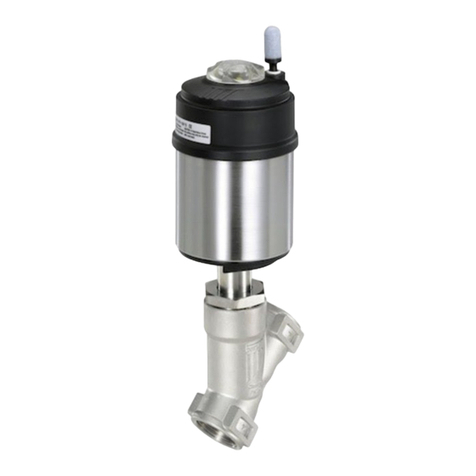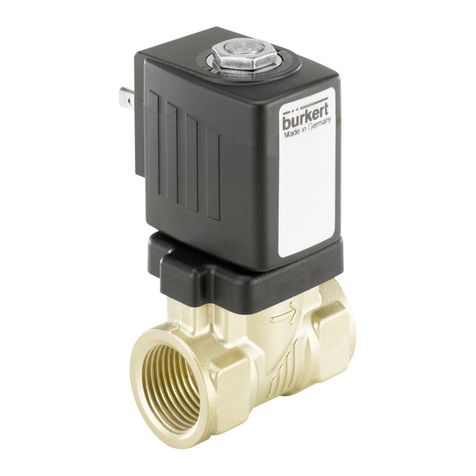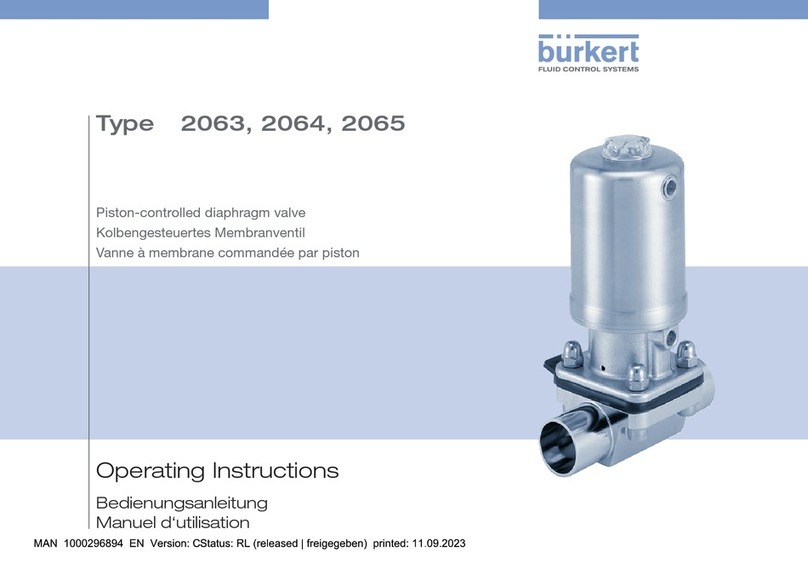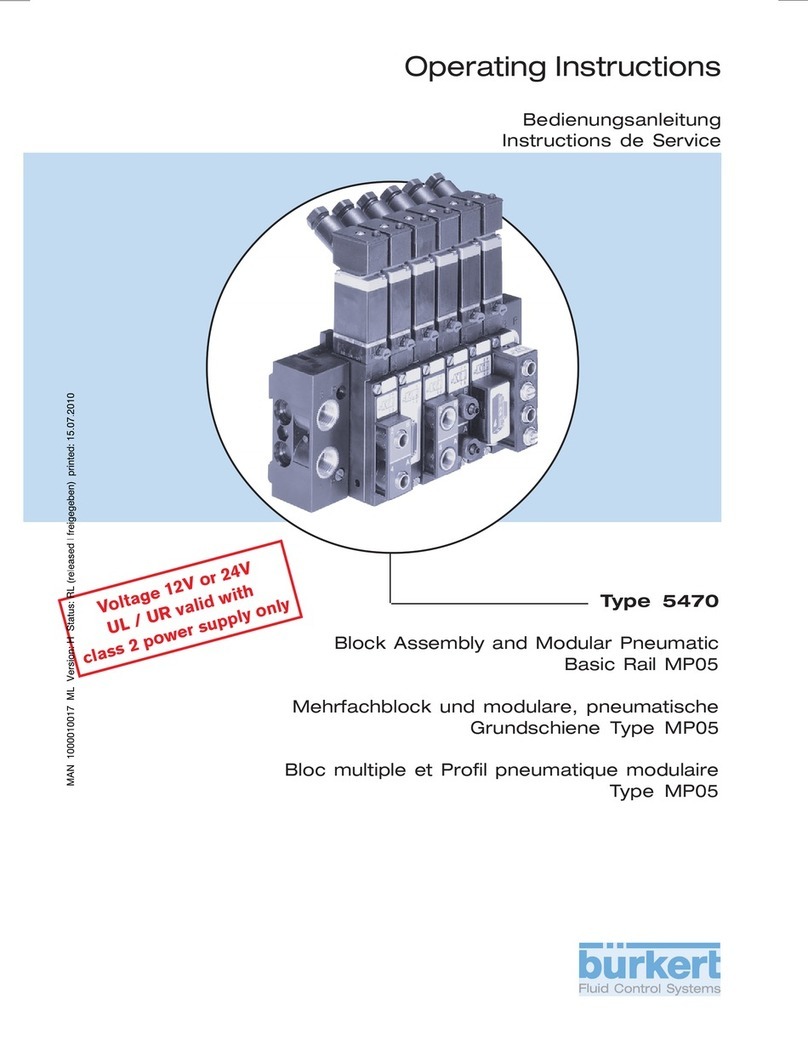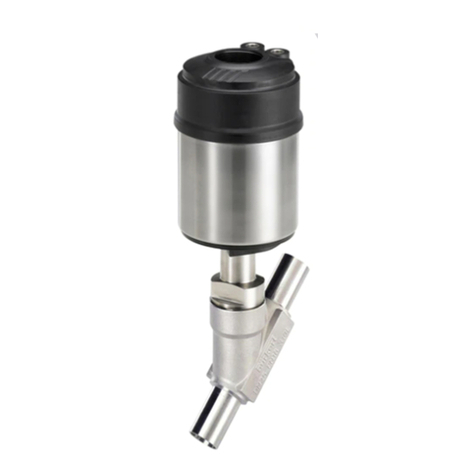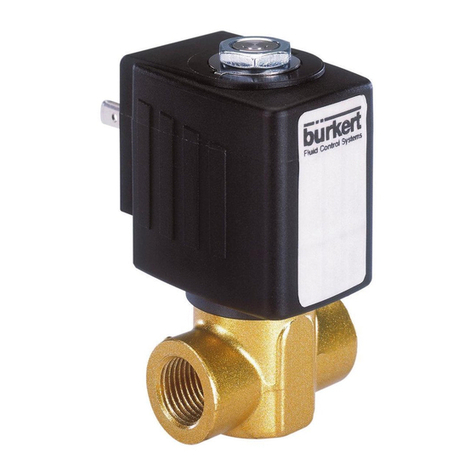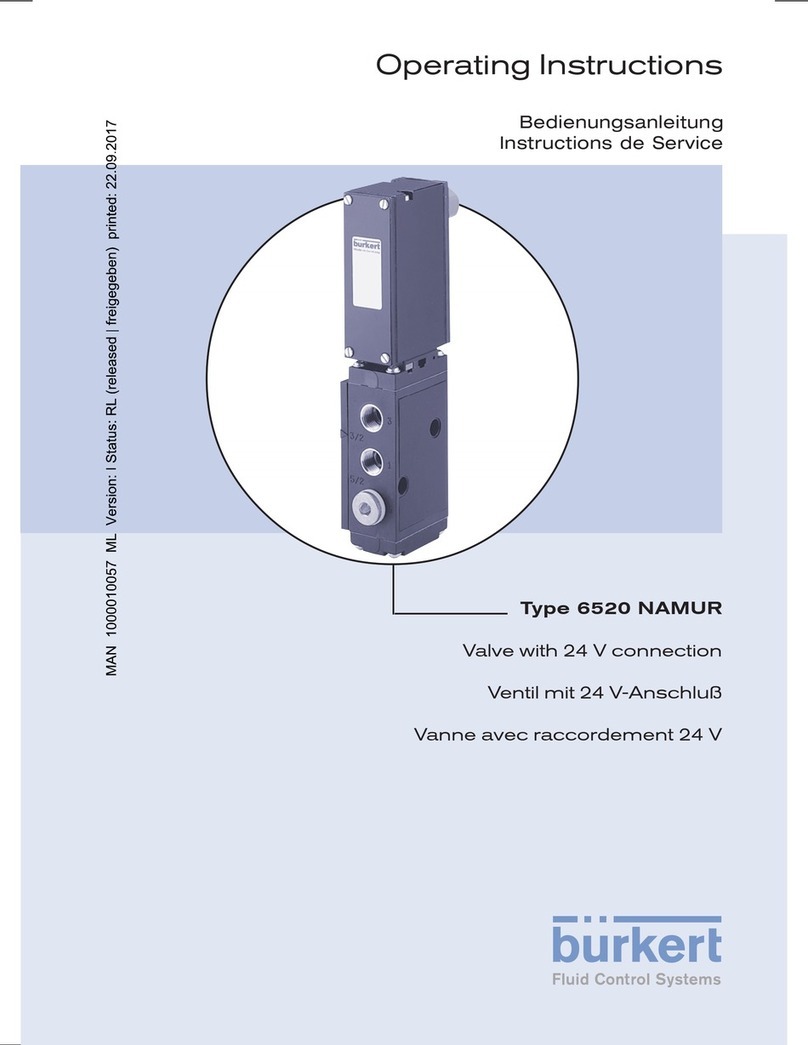
14
Inhaltsverzeichnis
1 Die Bedienungsanleitung .................................................................................................14
2 Bestimmungsgemäße Verwendung................................................................................15
3 Grundlegende Sicherheitshinweise .........................................................................16
4 Technische Daten....................................................................................................................17
5 Installation......................................................................................................................................19
6 Demontage ...................................................................................................................................23
7 Wartung, Fehlerbehebung ................................................................................................24
8 Ersatzteile ......................................................................................................................................25
9 Transport, Lagerung, Entsorgung ...............................................................................25
1.1 Darstellungsmittel
GEFAHR!
Unmittelbare Gefahr! Schwere oder tödlichen Verletzungen.
WARNUNG!
Mögliche Gefahr! Schwere oder tödlichen Verletzungen.
VORSICHT!
Gefahr! Mittelschwere oder leichten Verletzungen.
HINWEIS!
Warnt vor Sachschäden.
Wichtige Tipps und Empfehlungen.
verweist auf Informationen in dieser Bedienungsanleitung oder
in anderen Dokumentationen.
▶markiert eine Anweisung zur Gefahrenvermeidung.
→markiert einen Arbeitsschritt den Sie ausführen müssen.
1 DIE BEDIENUNGSANLEITUNG
Die Bedienungsanleitung enthält wichtige Informationen.
▶Anleitung sorgfältig lesen und Hinweise zur Sicherheit beachten.
▶Anleitung so aufbewahren, dass sie jedem Benutzer zur Verfügung
steht.
Die Haftung und Gewährleistung für Typ 0301 entfällt, wenn die Anwei-
sungen der Bedienungsanleitung nicht beachtet werden.
15
2.2 Zulassungen
Die auf den Bürkert-Typschildern aufgebrachte Zulassungskennzeichnung
bezieht sich auf die Bürkert-Produkte.
e 1
03 5791
Geräte, die das Typgenehmigungszeichen tragen müssen, wurden beim
Kraftfahrtbundesamt unter der Typgenehmigungsnummer
e1*72/245*2006/96*5791*00
genehmigt und werden mit dem gezeigten Typgenehmigungszeichen
in den Verkehr gebracht.
Einen Auszug der Typgenehmigung erhalten Sie unter der unten ste-
henden Adresse.
Bürkert Werke GmbH
CQ-Approval Management,
Christian-Bürkert-Str. 13-17,
D-74653 Ingelfingen
1.2 Begriffsdefinition
Der in der Anleitung verwendete Begriff „Gerät“ steht immer für Typ 0301.
2 BESTIMMUNGSGEMÄSSE
VERWENDUNG
Der Typ 0301 ist zum Sperren, Dosieren, Füllen und Belüften
von neutralen gasförmigen und flüssigen Medien konzipiert.
▶Das Gerät nicht im Außenbereich einsetzen.
▶Für den Einsatz die in den Vertragsdokumenten und der Bedienungs-
anleitung spezifizierten zulässigen Daten, Betriebs- und Einsatzbe-
dingungen beachten.
▶Gerät nicht in explosionsgefährdeten Bereichen einsetzen.
▶Gerät nur in Verbindung mit von Bürkert empfohlenen bzw. zugelas-
senen Fremdgeräten und -komponenten einsetzen.
▶Gerät nur in einwandfreiem Zustand betreiben und auf sachgerechte
Lagerung, Transport, Installation und Bedienung achten.
▶Gerät nur bestimmungsgemäß verwenden.
2.1 Beschränkungen
Bei der Ausfuhr des Systems/Geräts gegebenenfalls bestehende
Beschränkungen beachten.
16
3 GRUNDLEGENDE
SICHERHEITSHINWEISE
Diese Sicherheitshinweise berücksichtigen keine Zufälligkeiten und Ereig-
nisse, die bei Montage, Betrieb und Wartung der Geräte auftreten können.
Verletzungsgefahr durch hohen Druck in Anlage oder Gerät.
▶Vor Arbeiten an Anlage oder Gerät, den Druck abschalten und
Leitungen entlüften und entleeren.
Verletzungsgefahr durch Stromschlag.
▶Vor Arbeiten an Anlage oder Gerät, die Spannung abschalten und
vor Wiedereinschalten sichern.
▶Die geltenden Unfallverhütungs- und Sicherheitsbestimmungen für
elektrische Geräte beachten.
Verbrennungsgefahr oder Brandgefahr bei längerer Einschaltzeit
durch heiße Geräteoberfläche.
▶Das Gerät von leicht brennbaren Stoffen und Medien fernhalten
und nicht mit bloßen Händen berühren.
Verletzungsgefahr durch Funktionsausfall bei Ventilen mit Wech-
selspannung (AC).
Festsitzender Kern bewirkt Spulenüberhitzung, die zu Funktionsausfall
führt.
▶Arbeitsprozess auf einwandfreie Funktion überwachen.
Allgemeine Gefahrensituationen.
Zum Schutz vor Verletzungen ist zu beachten:
▶Nur Medien einspeisen, die in Kapitel „4“ aufgeführt sind.
▶Das Gerät nur in einwandfreiem Zustand und unter Beachtung der
Bedienungsanleitung betreiben.
▶Am Gerät keine inneren oder äußeren Veränderungen vornehmen
und nicht mechanisch belasten.
▶Vor unbeabsichtiger Betätigung sichern.
▶Nur geschultes Fachpersonal darf Installations- und Instandhaltungs-
arbeiten ausführen.
▶Die Ventile müssen gemäß der im Land gültigen Vorschriften installiert
werden.
▶Nach Unterbrechung der elektrischen Versorgung für einen kontrol-
lierten Wiederanlauf des Prozesses sorgen.
▶Die allgemeinen Regeln der Technik einhalten.
Type 0301
